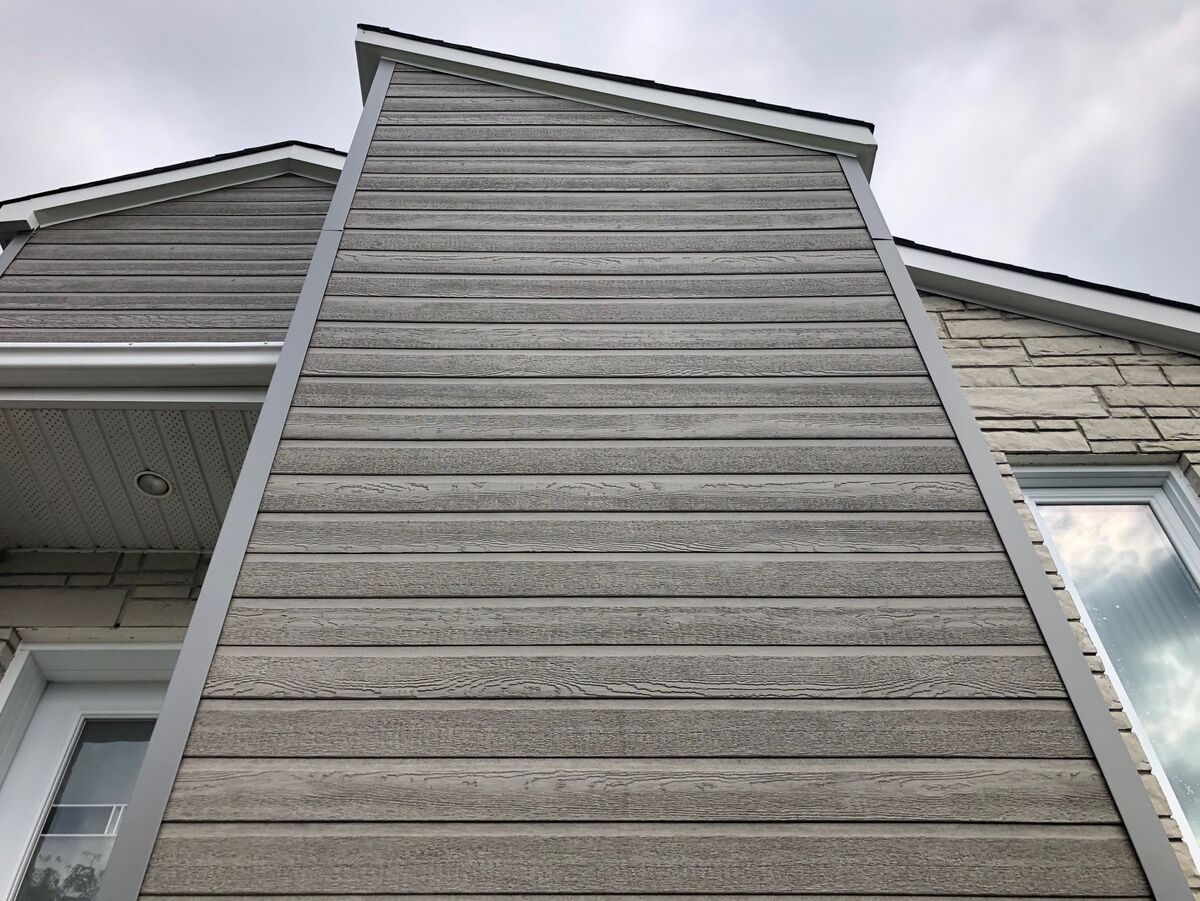

Articles
What Is Composite Siding
Modified: January 8, 2024
Discover the benefits and drawbacks of composite siding in our informative articles. Learn more about this durable and low-maintenance option for your home exterior.
(Many of the links in this article redirect to a specific reviewed product. Your purchase of these products through affiliate links helps to generate commission for Storables.com, at no extra cost. Learn more)
Introduction
Composite siding is a popular choice among homeowners and builders for its durability, versatility, and aesthetic appeal. It is a type of exterior cladding that combines different materials to create a product that offers the best of both worlds – the natural look of wood and the low-maintenance benefits of synthetic materials.
In recent years, composite siding has gained significant popularity in the construction industry. This is due to its ability to withstand harsh weather conditions, its resistance to rot, insects, and decay, and its long lifespan compared to traditional siding materials.
Composite siding is available in a wide range of styles, colors, and finishes, making it a versatile option for homeowners who want to achieve a specific aesthetic for their homes. Whether you prefer the classic charm of cedar or the modern appeal of smooth panels, there is a composite siding option to suit your taste.
As a homeowner, understanding the various aspects of composite siding can help you make an informed decision when it comes to choosing the right siding for your home. In this article, we will explore the definition of composite siding, the different types available, the pros and cons, the installation process, maintenance and care tips, the cost of composite siding, and its environmental impact.
By the end of this article, you will have a comprehensive understanding of composite siding, enabling you to determine whether it is the right choice for your home improvement project.
Key Takeaways:
- Composite siding offers homeowners a durable, low-maintenance, and visually appealing option for their homes. Its combination of natural aesthetics, resistance to the elements, and eco-friendly characteristics make it an excellent choice for enhancing the exterior of any architectural style.
- While the initial cost of composite siding may be higher compared to other siding materials, its long-term benefits, such as reduced maintenance, durability, and environmental advantages, make it a worthwhile investment. By choosing composite siding, homeowners contribute to a more sustainable environment through the use of recycled materials, reduced deforestation, and lower energy consumption.
Read more: How To Install Composite Siding
Definition of Composite Siding
Composite siding is a type of cladding that is made from a combination of materials. It typically consists of a mixture of wood fibers, recycled plastics, and binders that are molded into boards or panels. The combination of these materials gives composite siding its unique properties, making it a durable and low-maintenance alternative to traditional wood or vinyl siding.
One of the key features of composite siding is its resemblance to natural wood. The wood fibers used in its manufacturing process provide a realistic wood grain texture and appearance, which adds warmth and character to the exterior of a building. This natural look makes composite siding a popular choice for homeowners who desire the aesthetic appeal of wood without the maintenance requirements.
In addition to wood fibers, composite siding also contains recycled plastics, usually in the form of high-density polyethylene (HDPE). These plastics contribute to the durability and weather resistance of composite siding, making it resistant to moisture, rot, and insect damage. The combination of wood fibers and plastics creates a strong and long-lasting material that can withstand the elements and the test of time.
Binders are another vital component of composite siding. They help hold the wood fibers and plastics together, forming a solid and cohesive material. Binders also contribute to the dimensional stability of the siding, preventing it from warping or expanding and contracting with changes in temperature and humidity.
Composite siding is available in various forms, including shingles, shakes, and lap siding. Shingles and shakes mimic the look of traditional wooden siding, while lap siding provides a more streamlined and contemporary appearance. The wide range of styles and finishes available allows homeowners to select a composite siding option that best suits their architectural preferences and personal style.
Overall, composite siding is a versatile and durable option for exterior cladding. It combines the natural beauty of wood with the benefits of synthetic materials, offering homeowners a visually appealing, low-maintenance, and long-lasting alternative to traditional siding options.
Types of Composite Siding
Composite siding comes in a variety of styles and designs, allowing homeowners to choose the option that best suits their aesthetic preferences and architectural style. Here are some popular types of composite siding:
- Shingles: Composite shingles are designed to mimic the look of traditional wooden shingles. They are available in different shapes and sizes, offering a classic and timeless appearance. Composite shingles provide the beauty of wood without the maintenance requirements, as they are resistant to rot, insects, and warping.
- Shakes: Composite shakes replicate the natural texture of hand-split cedar shakes. They provide a rustic and rugged appearance, adding charm and character to any home. Composite shakes are a popular choice for homeowners who want a traditional look with the advantages of a low-maintenance material.
- Lap Siding: Composite lap siding is a versatile and contemporary option for homeowners. It features long planks that overlap each other, creating a streamlined and modern look. Composite lap siding is available in various widths, allowing homeowners to customize the desired appearance for their homes.
- Panel Siding: Composite panel siding is composed of large, flat panels that are installed vertically or horizontally. This type of siding offers a sleek and clean aesthetic, perfect for modern and minimalist designs. Composite panel siding can be an excellent choice for homeowners who want a simple and stylish exterior.
- Board and Batten Siding: Composite board and batten siding is a traditional style that consists of wide vertical boards separated by narrow vertical battens. This type of siding adds a classic and historic look to a home and is often used in farmhouse or rustic designs. Composite board and batten siding provides durability and low maintenance compared to traditional wood options.
These are just a few examples of the types of composite siding available. Each type offers a unique look and feel, allowing homeowners to achieve their desired aesthetic while benefiting from the durability and low maintenance that composite siding provides.
Pros and Cons of Composite Siding
Composite siding offers several advantages that make it a popular choice among homeowners. However, it also has its drawbacks. Here are the pros and cons of composite siding:
Pros:
- Durability: Composite siding is highly durable and resistant to rot, insects, and decay. It can withstand harsh weather conditions, such as extreme heat, cold, and moisture, without warping or deteriorating. This durability ensures that composite siding maintains its appearance and performance over time.
- Low Maintenance: One of the main advantages of composite siding is its low maintenance requirements. Unlike natural wood siding, composite siding does not require regular painting, staining, or sealing. It can be easily cleaned with soap and water, making it a convenient choice for homeowners with busy lifestyles.
- Aesthetic Appeal: Composite siding comes in a wide range of styles, colors, and finishes, allowing homeowners to achieve their desired aesthetic for their homes. It can mimic the look of natural wood siding, providing a warm and inviting appearance. With the variety of options available, homeowners can find the perfect composite siding to complement their architectural style.
- Longevity: Composite siding has a longer lifespan compared to some other siding materials. It can withstand the test of time without succumbing to rot, insect damage, or moisture-related issues. This longevity makes it a cost-effective choice for homeowners, as it reduces the need for frequent replacements or repairs.
- Eco-Friendly: Many composite sidings are made from recycled materials, such as wood fibers and plastics. By choosing composite siding, homeowners can contribute to a more sustainable environment by reducing the demand for virgin materials. Additionally, the durability of composite siding reduces the waste generated from frequent renovations.
Cons:
- Initial Cost: Composite siding tends to have a higher upfront cost compared to other siding materials, such as vinyl or aluminum. However, it is essential to consider the long-term benefits and savings in maintenance that composite siding offers, which can offset the initial investment.
- Color Fading: Over time, composite siding may experience some degree of color fading due to exposure to sunlight. While this does not affect the performance or durability of the siding, homeowners who desire a long-lasting color may need to consider other options or be prepared for occasional touch-ups or repainting.
- Installation: The installation process of composite siding can be more complex compared to other siding materials. It requires precision and expertise to ensure proper alignment and attachment. Hiring a professional siding contractor is recommended to ensure a seamless and durable installation.
- Not Suitable for High Heat Areas: Some composite siding products may not be ideal for regions with high temperatures or direct exposure to intense heat sources. It is crucial to research and choose composite siding that is specifically designed for hot climates to ensure its longevity and performance.
Considering these pros and cons can help homeowners make an informed decision when choosing composite siding for their homes. By weighing the benefits and drawbacks, individuals can determine whether composite siding aligns with their needs, budget, and preferences.
Installation Process of Composite Siding
The installation process of composite siding requires attention to detail and proper technique to ensure a durable and visually appealing result. While it is recommended to hire a professional siding contractor for the installation, understanding the general steps involved can help homeowners have a better understanding of the process. Here is a simplified overview of the installation process:
- Prepare the Surface: Before installing composite siding, the exterior surface must be prepared. This involves cleaning the existing surface, repairing any damaged areas, and ensuring a smooth and level base for the siding. It may also be necessary to apply a water-resistant barrier or insulation layer, depending on the specific requirements of the siding manufacturer.
- Measure and Cut the Siding: Accurate measurements are crucial for a proper installation. Composite siding panels or boards are carefully measured and cut to fit the dimensions of the wall. Special care should be taken to allow for expansion and contraction of the siding due to temperature changes.
- Attach the Starter Strip: A starter strip is installed at the bottom of the wall, providing a secure and level base for the first row of siding. The starter strip helps in aligning the siding and allows for proper water drainage.
- Begin the Installation: Starting from one corner of the wall, the first piece of composite siding is secured to the starter strip. The subsequent pieces are installed by interlocking or overlapping them according to the manufacturer’s instructions. Nails or screws may be used to secure the siding in place, ensuring a tight fit.
- Continue Layering: The installation process continues row by row, moving upward from the bottom of the wall. The siding is installed in a staggered manner, with each piece overlapping the previous one to provide optimal weather resistance and aesthetic appeal. Attention should be given to ensuring proper alignment and consistent spacing throughout the installation.
- Trim and Finish: Once the siding is installed, any necessary trim pieces can be measured, cut, and installed to finish the edges, corners, and other transition areas. Trim pieces help create a polished and professional appearance. It is essential to follow the manufacturer’s guidelines for proper installation of trim pieces.
- Inspect and Clean: After the installation is complete, a thorough inspection should be conducted to ensure the siding is properly secured and aligned. Any debris, excess caulking, or dirt should be cleaned off the siding to maintain its appearance and longevity.
It is important to note that the installation process may vary depending on the specific brand and type of composite siding. Following the manufacturer’s guidelines and recommendations is crucial for a successful and long-lasting installation.
Hiring an experienced siding contractor can help ensure proper installation and avoid any potential issues. Professional installers have the knowledge, tools, and expertise to handle the installation process efficiently and effectively, resulting in a beautiful and durable composite siding installation.
When installing composite siding, make sure to follow the manufacturer’s guidelines for proper installation and maintenance to ensure its longevity and performance.
Read more: What Is Composition Roof
Maintenance and Care for Composite Siding
One of the key advantages of composite siding is its low maintenance requirements compared to other siding materials. However, some basic maintenance practices can help keep your composite siding looking its best and ensure its longevity. Here are some essential maintenance and care tips for composite siding:
- Regular Cleaning: Periodically clean your composite siding to remove dirt, debris, and mildew. The frequency of cleaning can depend on your climate and local conditions. Use a soft-bristle brush, sponge, or cloth and a mixture of mild soap and water to gently scrub the siding. Rinse thoroughly with clean water to remove any soap residue.
- Avoid Harsh Chemicals and Power Washing: Avoid using abrasive cleaners, harsh chemicals, or power washers on your composite siding. These can damage the surface and potentially strip away the protective finish. Stick to mild soap and water for cleaning purposes.
- Inspect for Damage: Regularly inspect your composite siding for any signs of damage, including cracks, chips, or loose boards. Address any issues promptly to prevent further damage and maintain the integrity of the siding. If you notice any significant damage, it is recommended to consult a professional siding contractor for repairs.
- Trim Overhanging Trees and Shrubs: If you have trees or shrubs near your composite siding, make sure to keep them trimmed away from the siding. Overhanging branches can scratch, dent, or cause damage to the surface of the siding. Additionally, keeping vegetation away from the siding helps prevent moisture buildup and potential insect issues.
- Protect from Direct Heat: Direct and excessive heat exposure can affect the color and finish of composite siding. If you have grills or other heat-emitting sources near your siding, make sure to provide proper insulation or protective measures to prevent heat damage. Follow the manufacturer’s guidelines for safe distances between heat sources and the siding.
- Check Caulking and Sealing: Inspect the caulk and seals around windows, doors, and other penetrations regularly. If you notice any cracks or gaps, reapply caulk or sealant to ensure a watertight seal. Proper sealing helps prevent water infiltration and protects the underlying structure of your home.
- Protect from Harsh Weather: While composite siding is designed to withstand various weather conditions, extreme exposure to prolonged sunlight, heavy rains, or freezing temperatures can still have an impact. Take precautions to protect your siding during severe weather events, such as using storm shutters or covers, if necessary.
- Follow Manufacturer’s Guidelines: Always refer to the manufacturer’s specific recommendations for maintenance and care of your composite siding. Different brands and types of siding may have slightly different requirements, so make sure to follow the guidelines provided to ensure optimal performance and longevity of your siding.
By following these maintenance and care tips, you can keep your composite siding in excellent condition for years to come. Remember that regular cleaning, inspections, and prompt repairs are key to maintaining the beauty and durability of your siding.
Cost of Composite Siding
The cost of composite siding can vary depending on various factors such as the manufacturer, type of composite siding, quality, size of the project, and region. While composite siding may have a higher upfront cost compared to other siding materials, it offers long-term benefits and savings in maintenance. Here are some factors to consider when determining the cost of composite siding:
- Material Cost: The cost of the composite siding material itself is a significant factor. Composite siding prices can range from $4 to $10 per square foot, depending on the brand, quality, and style. Premium composite siding options or those with specific finishes and textures may be at the higher end of the price range.
- Installation Cost: The cost of professional installation should also be considered. Hiring a reputable siding contractor ensures proper installation, maximizing the performance and longevity of the siding. Installation costs can vary based on factors such as the size of the project, complexity, and local labor rates.
- Additional Expenses: Other expenses to budget for include any necessary trim pieces, fasteners, caulk, and accessories required for the installation. It’s also essential to factor in potential costs for the removal and disposal of existing siding, as well as any preparation work needed for the surface.
- Geographical Factors: The cost of composite siding can vary from region to region. Factors such as local labor rates, availability of materials, and demand for siding installation services can influence pricing. It’s recommended to obtain quotes from local contractors to get a better understanding of the specific costs in your area.
While composite siding may have a higher upfront cost compared to materials like vinyl or aluminum, it offers long-term value and savings in maintenance. Composite siding requires minimal upkeep and doesn’t require regular painting, staining, or sealing like natural wood siding. This can result in significant cost savings and reduced maintenance efforts over the lifespan of the siding.
It’s important to note that while composite siding may have a higher initial investment, it provides a durable, low-maintenance, and visually appealing option for homeowners. The overall cost of composite siding should be viewed in terms of its long-term benefits and the value it adds to your home.
When considering the cost of composite siding, it’s advisable to obtain multiple quotes from reputable contractors, compare the specifications and warranties of different brands and styles, and assess the value and benefits provided by the specific composite siding option you are considering.
By taking these factors into account, you can make an informed decision that aligns with your budget and home improvement goals.
Environmental Impact of Composite Siding
Composite siding offers several environmental benefits compared to traditional siding materials. Understanding its environmental impact can help homeowners make an informed decision when considering composite siding for their homes. Here are some key points to consider:
- Use of Recycled Materials: Many composite siding products are made from a combination of wood fibers and recycled plastics, such as high-density polyethylene (HDPE). By using recycled materials, composite siding reduces the demand for virgin resources and helps minimize waste.
- Reduced Deforestation: The incorporation of wood fibers in composite siding reduces the reliance on virgin wood from forests. This helps conserve existing forests and reduces deforestation, which is crucial for maintaining biodiversity and mitigating climate change.
- Longevity and Durability: Composite siding has a long lifespan and is highly durable, which reduces the need for frequent replacement. This reduces the consumption of resources and prevents waste generation associated with regular maintenance and replacement of siding materials.
- Low Maintenance Requirements: Composite siding requires minimal maintenance compared to materials like wood, which usually require regular painting, staining, and sealing. This means fewer material inputs, such as paints or sealants, and fewer chemicals released into the environment.
- Energy Efficiency: Composite siding can contribute to improved energy efficiency in homes. Its insulation properties can help reduce heating and cooling needs, resulting in lower energy consumption and reduced greenhouse gas emissions.
- Recyclability: While composite siding itself is not easily recyclable due to the mixture of materials, some manufacturers have recycling programs in place to ensure responsible disposal and reuse of old or damaged siding materials. It’s recommended to check with the manufacturer for any recycling options available.
- Reduced Environmental Impact: Composite siding’s resistance to moisture, rot, and insects eliminates the need for chemical treatments typically used on wood siding. This reduces the release of harmful chemicals into the environment and protects air and water quality.
It is important to note that while composite siding has several environmental advantages, it is essential to choose a reputable manufacturer that adheres to sustainable practices. Researching the environmental certifications and commitments of composite siding products can help ensure that they meet specific standards for sustainability.
Overall, composite siding offers a more environmentally friendly alternative to traditional siding materials. By reducing the consumption of virgin resources, minimizing waste, and providing durability and low maintenance requirements, it contributes to a more sustainable and eco-friendly home.
When considering composite siding, homeowners should weigh the environmental benefits along with other factors such as cost, aesthetics, and performance. By selecting a durable and sustainable product, homeowners can make a positive impact on the environment while enhancing the beauty and value of their homes.
Conclusion
Composite siding is a versatile, durable, and aesthetically appealing option for homeowners looking to enhance the exterior of their homes. With its unique combination of wood fibers, recycled plastics, and binders, composite siding offers the natural look of wood with the low maintenance benefits of synthetic materials. Throughout this article, we have explored the definition of composite siding, the different types available, the pros and cons, the installation process, maintenance and care tips, the cost, and its environmental impact.
Composite siding provides a range of benefits for homeowners. Its durability, resistance to rot and insect damage, and longevity make it a cost-effective choice in the long run. Additionally, composite siding requires minimal maintenance, eliminating the need for regular painting or sealing, reducing costs and time spent on upkeep.
The wide range of styles, colors, and finishes available in composite siding allows homeowners to achieve their desired aesthetic for their homes, whether it be a modern, rustic, or traditional look. The versatility of composite siding makes it a popular choice for any architectural style.
While the initial cost of composite siding may be higher compared to other siding materials, its long-term benefits, such as reduced maintenance, durability, and environmental advantages, make it a worthwhile investment. By choosing composite siding, homeowners contribute to a more sustainable environment through the use of recycled materials, reduced deforestation, and lower energy consumption.
It is essential to note that the installation of composite siding should be carried out by professional contractors to ensure proper alignment, attachment, and sealing. This helps guarantee the longevity and performance of the siding.
In conclusion, composite siding offers homeowners a durable, low-maintenance, and visually appealing option for their homes. Its combination of natural aesthetics, resistance to the elements, and eco-friendly characteristics make it an excellent choice for those looking to enhance their home’s exterior. By understanding the various aspects of composite siding and considering its benefits and costs, homeowners can make an informed decision that meets their specific needs and preferences.
Frequently Asked Questions about What Is Composite Siding
Was this page helpful?
At Storables.com, we guarantee accurate and reliable information. Our content, validated by Expert Board Contributors, is crafted following stringent Editorial Policies. We're committed to providing you with well-researched, expert-backed insights for all your informational needs.
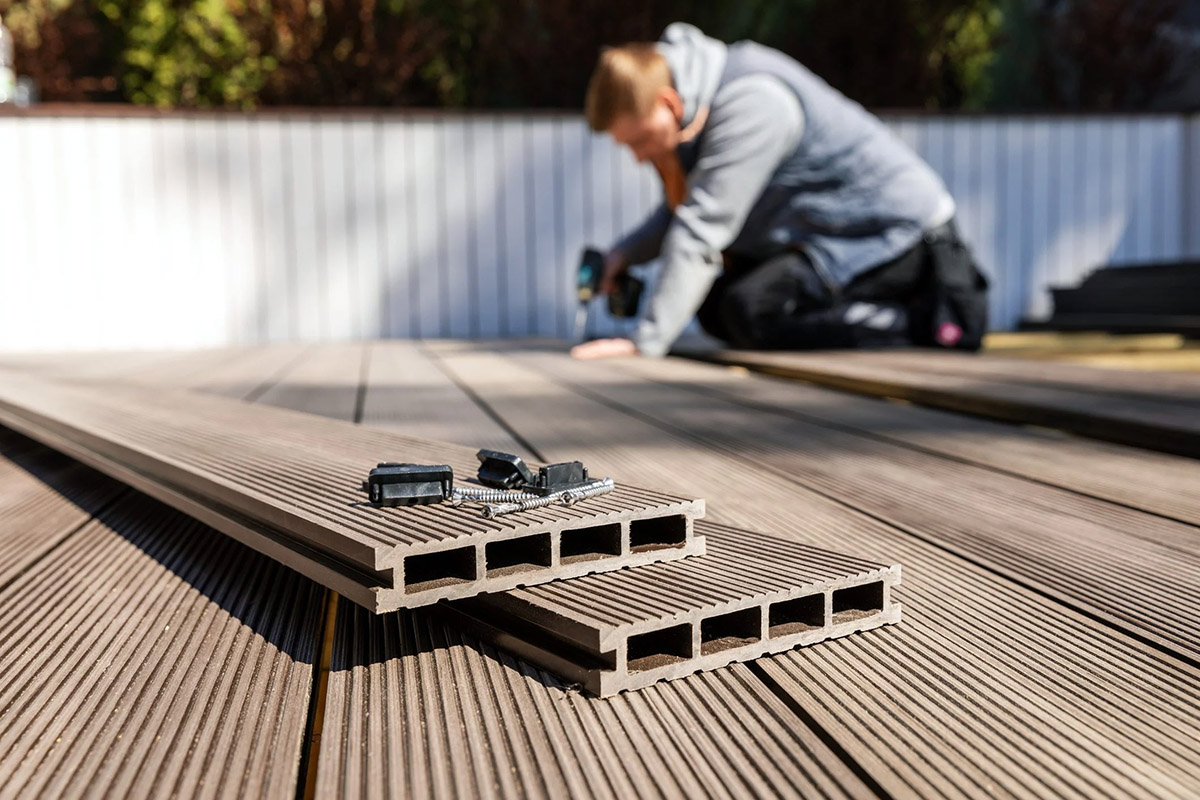
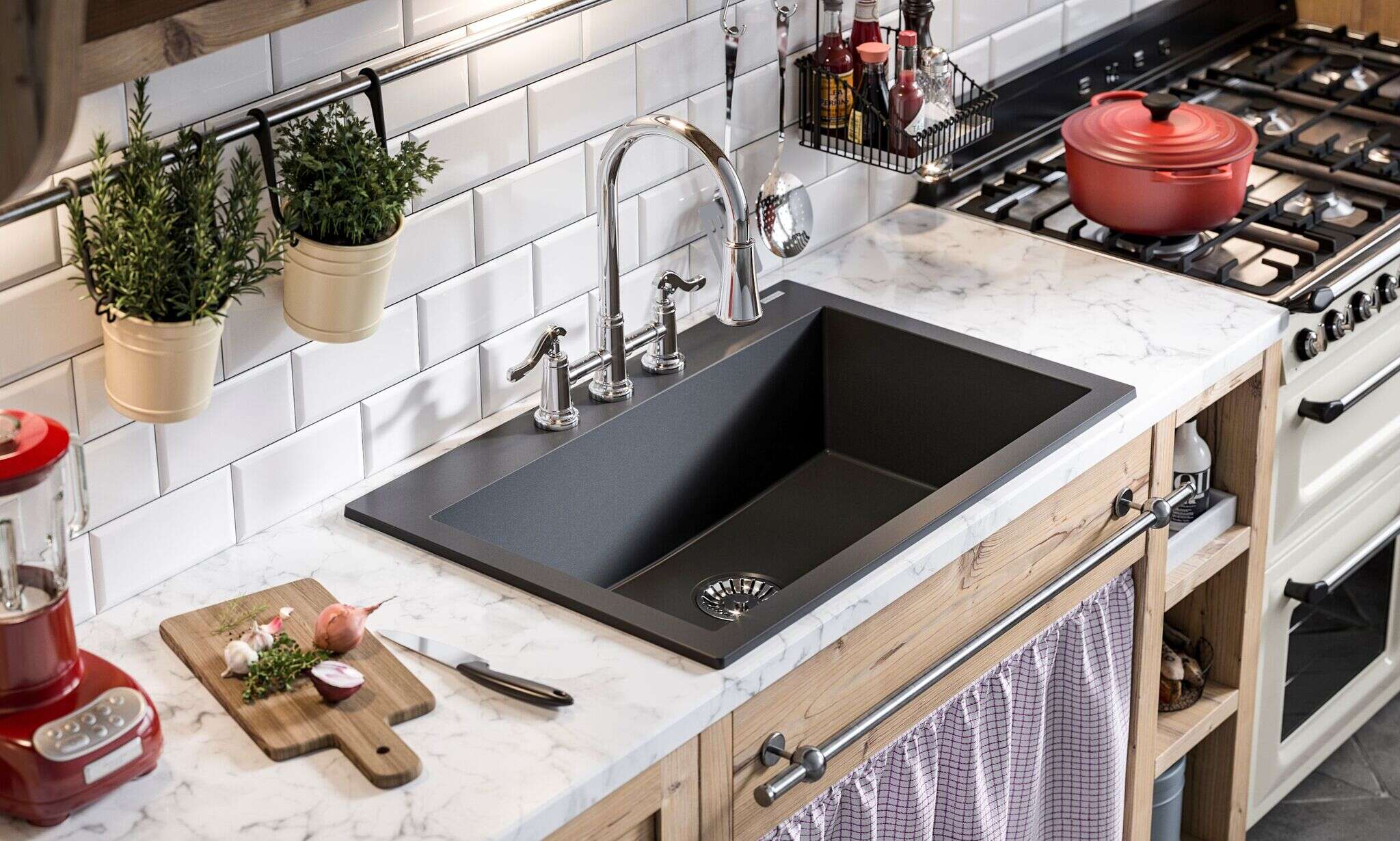
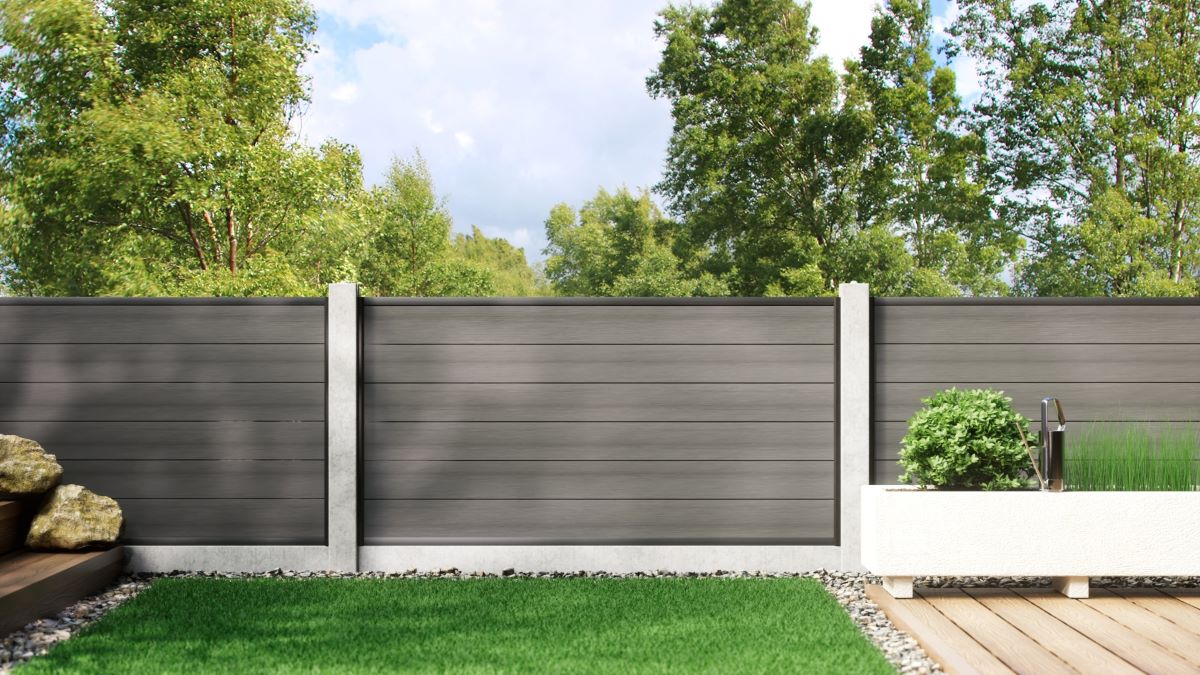
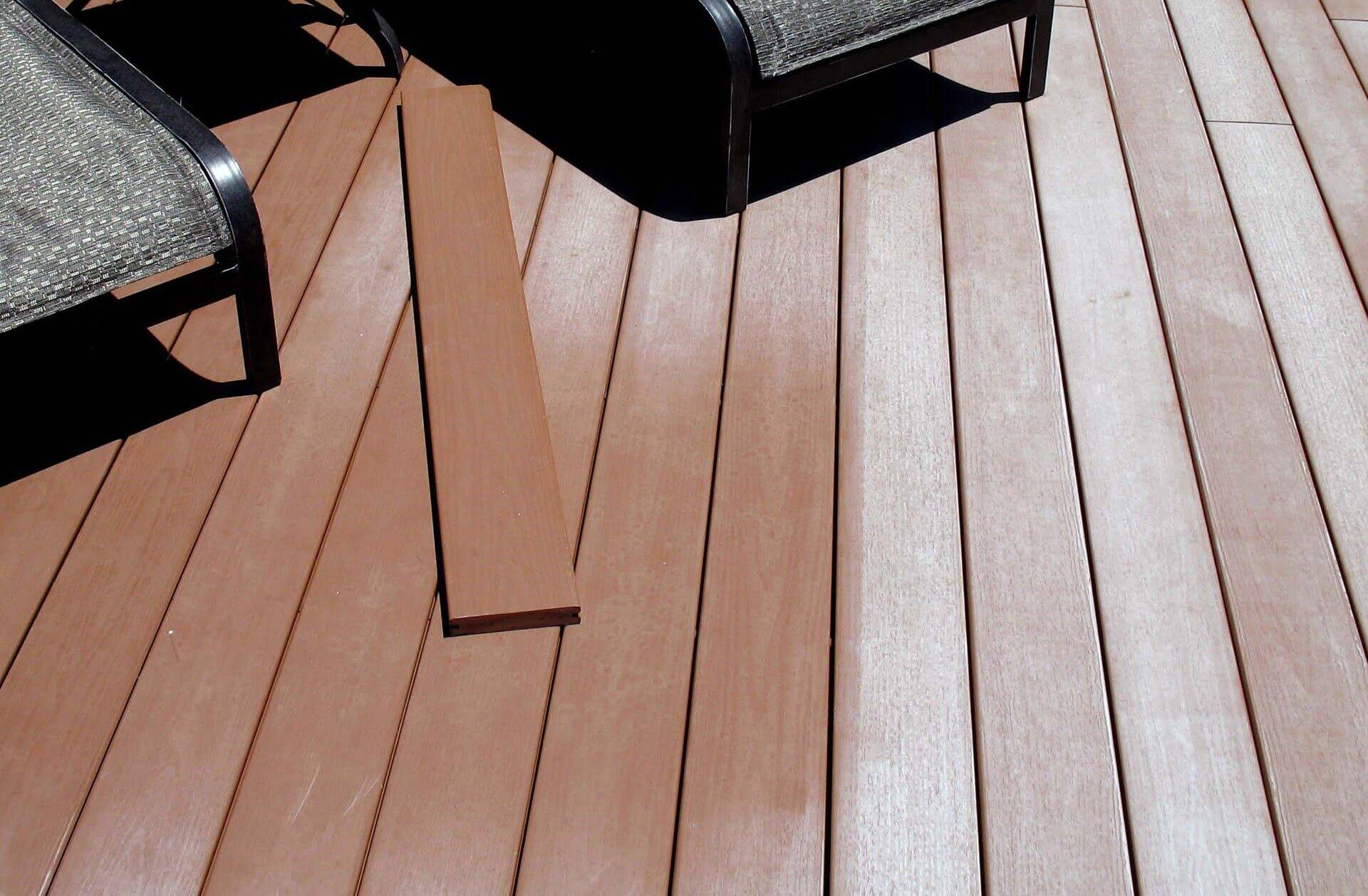
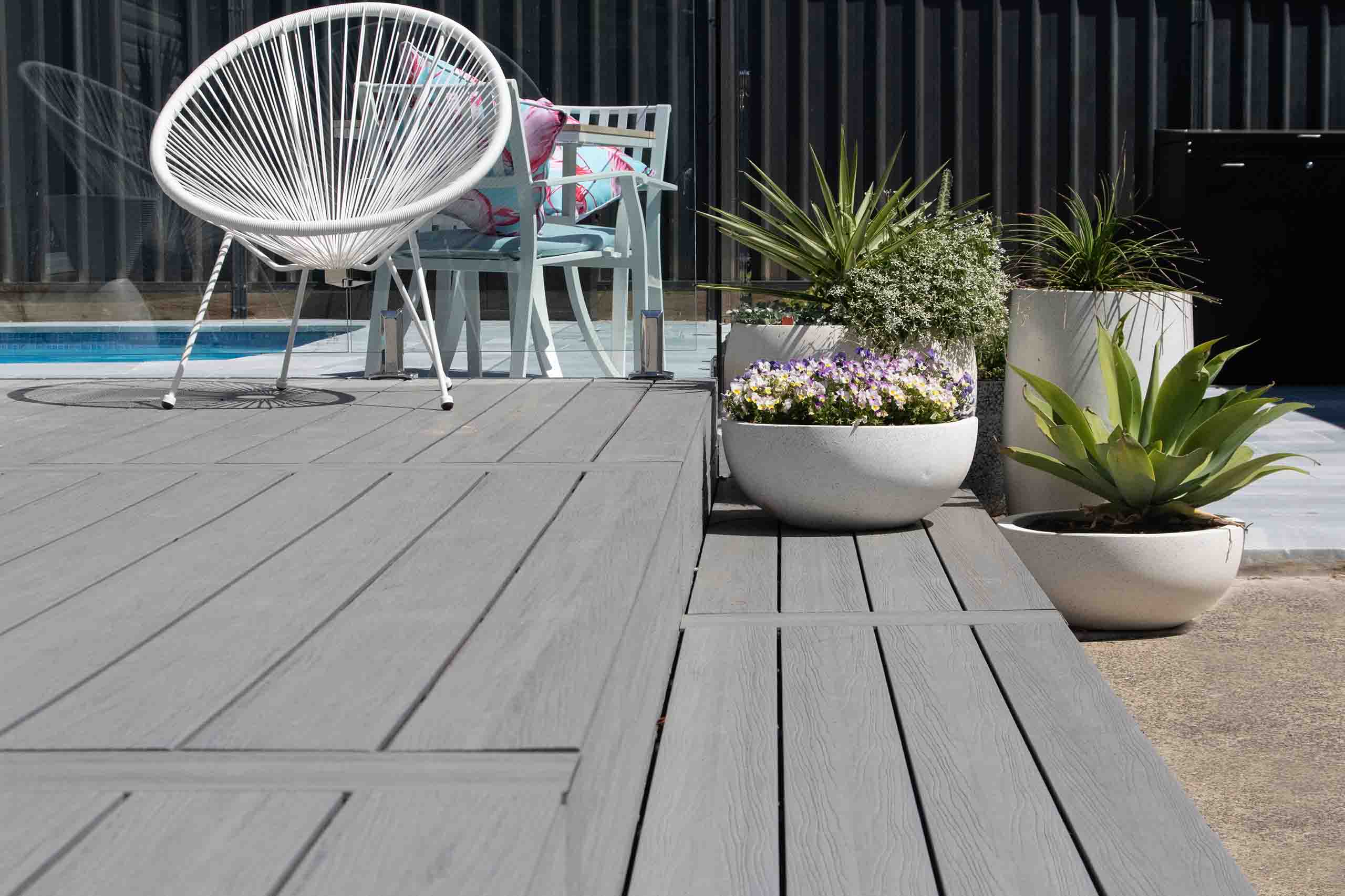
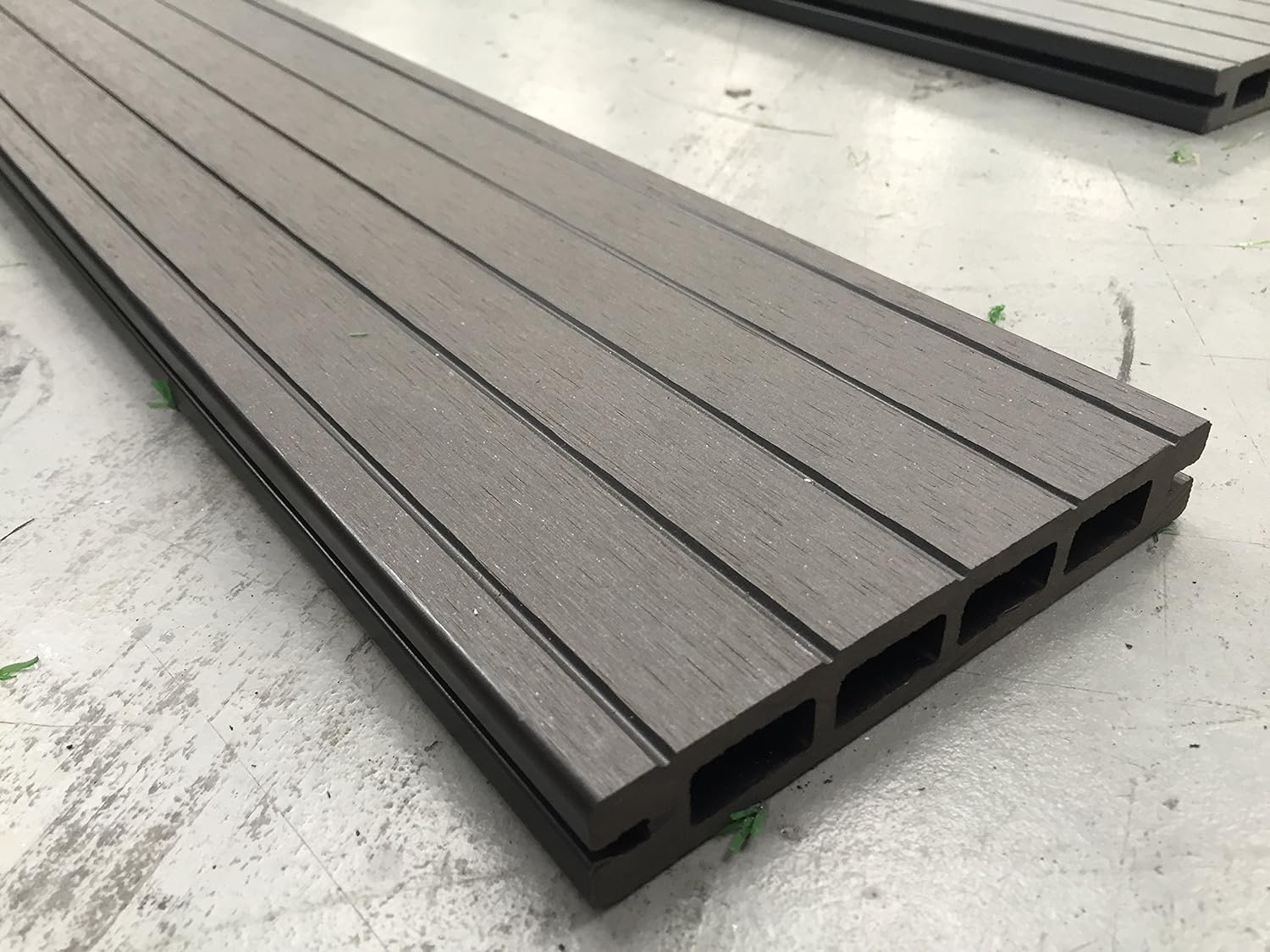
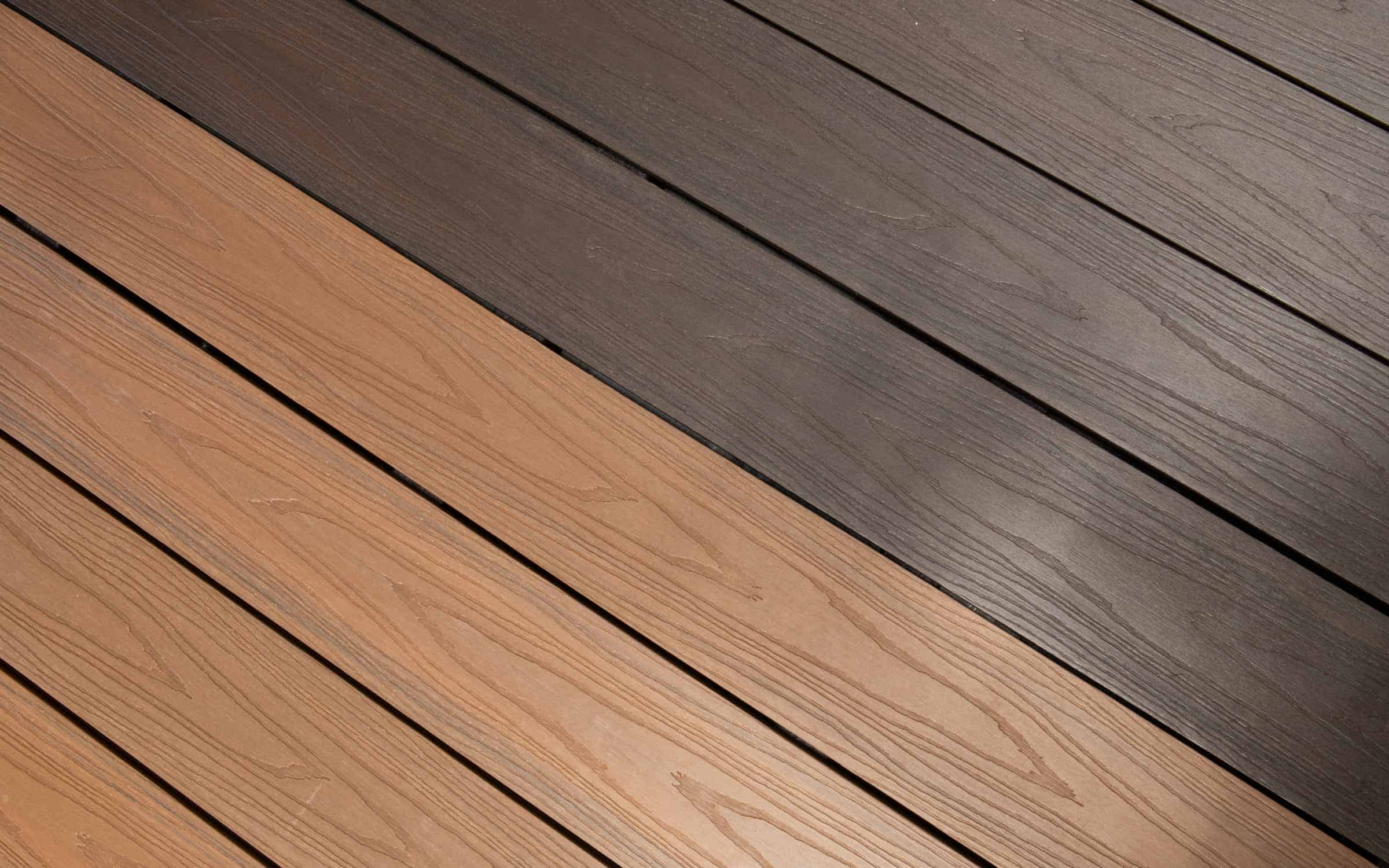
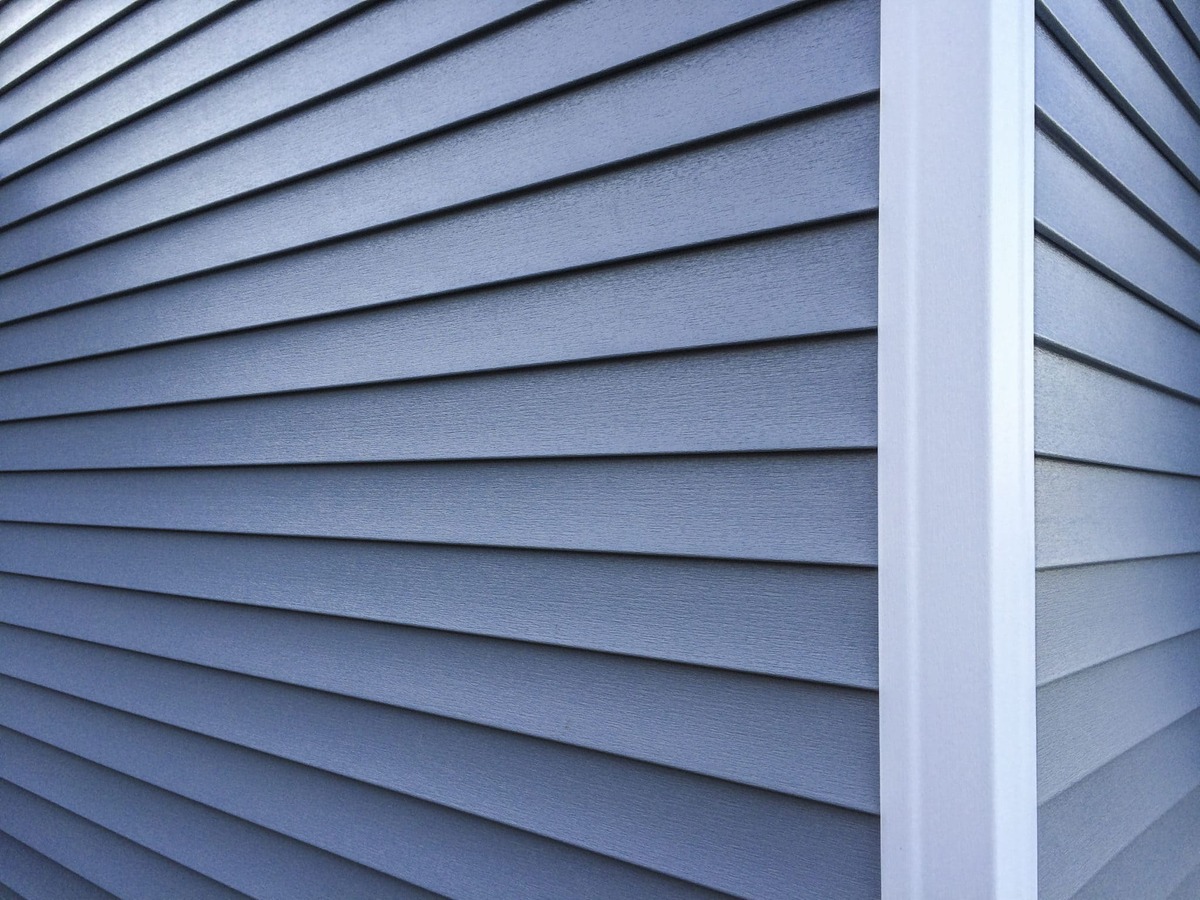
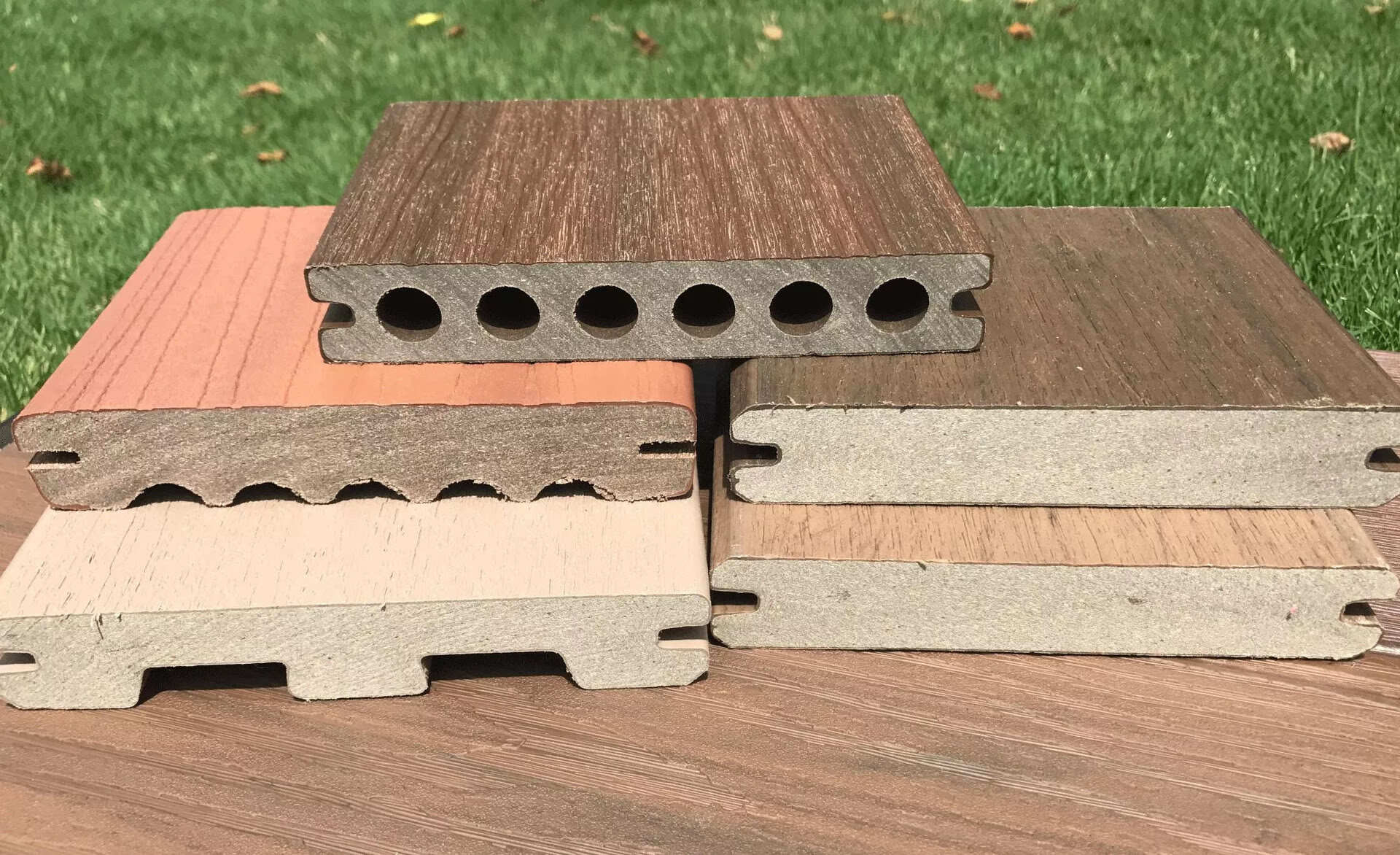
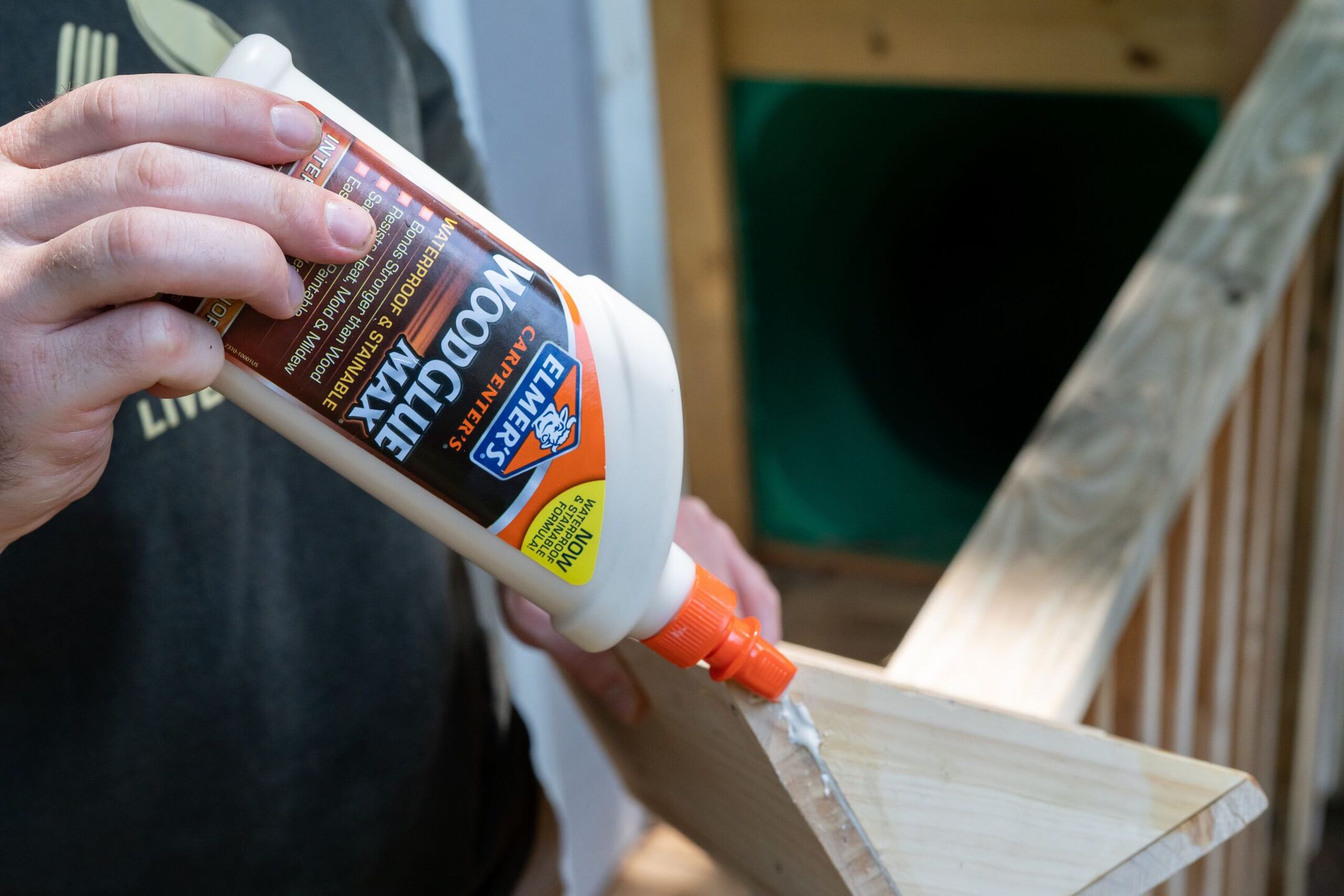
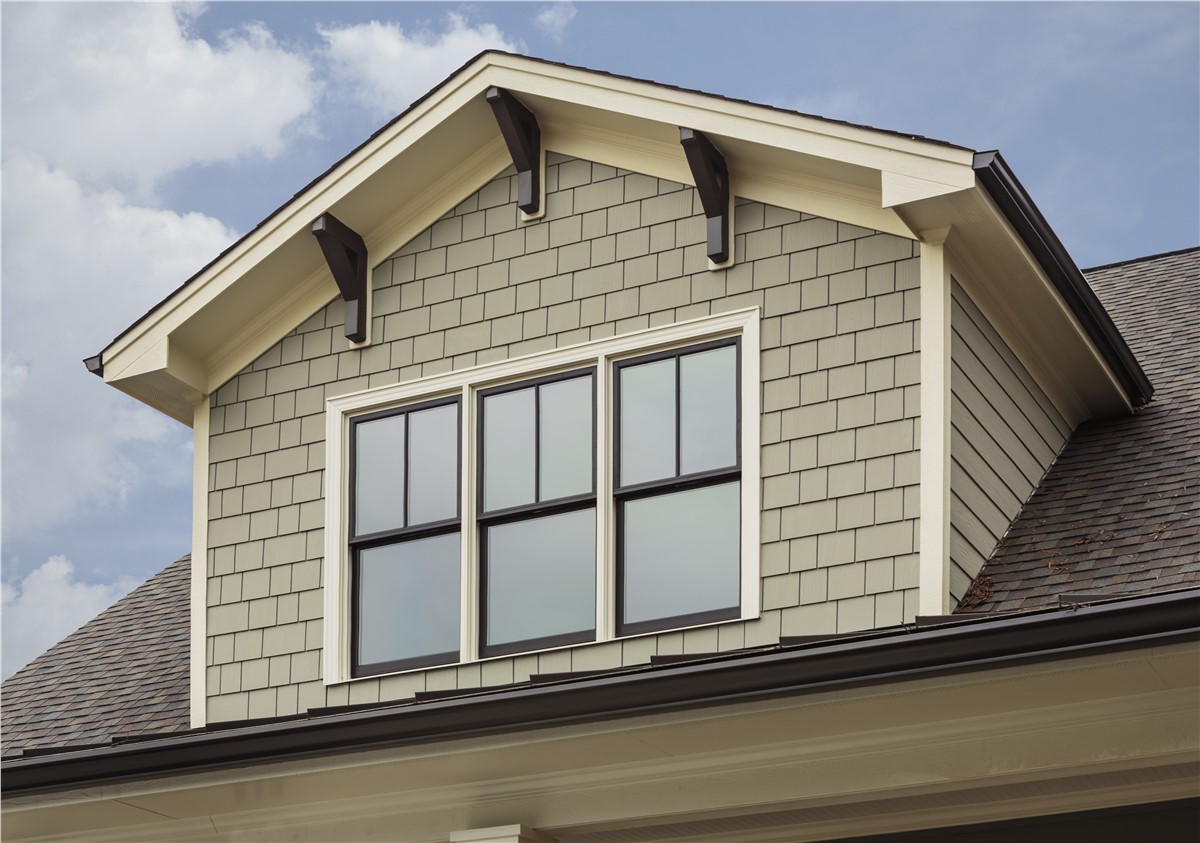
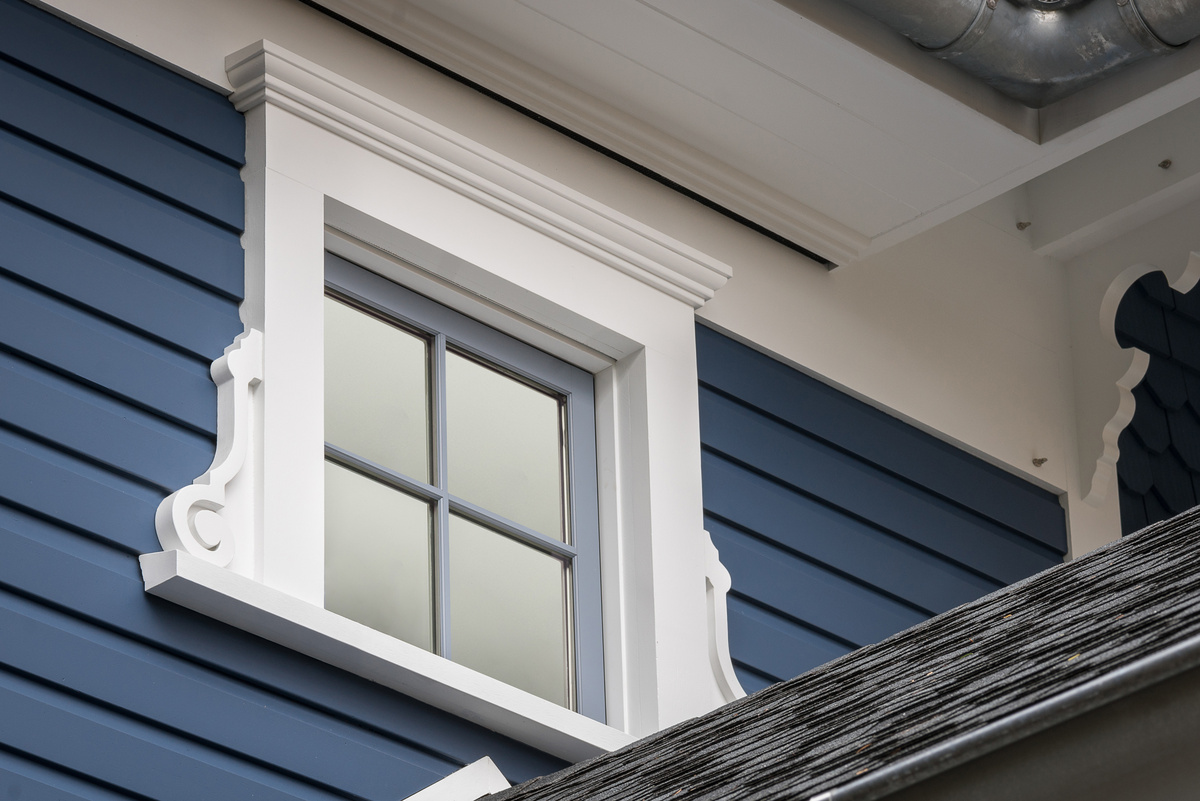
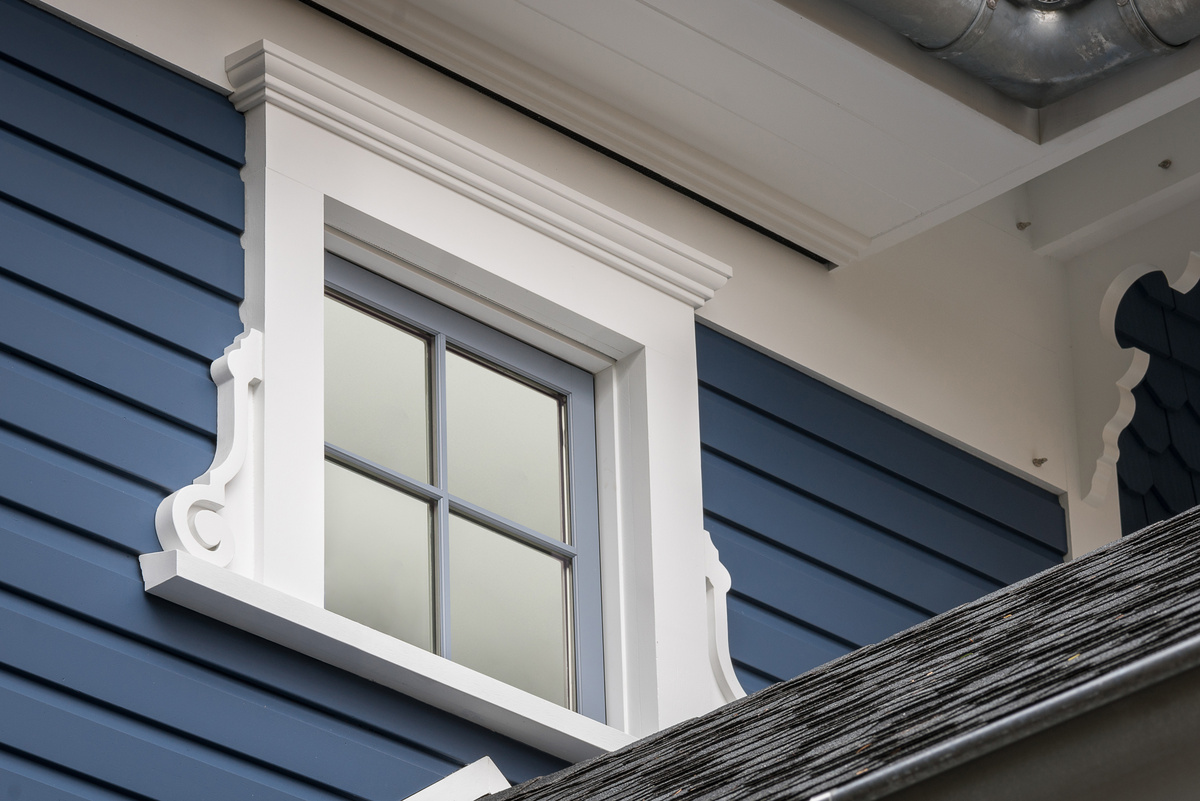
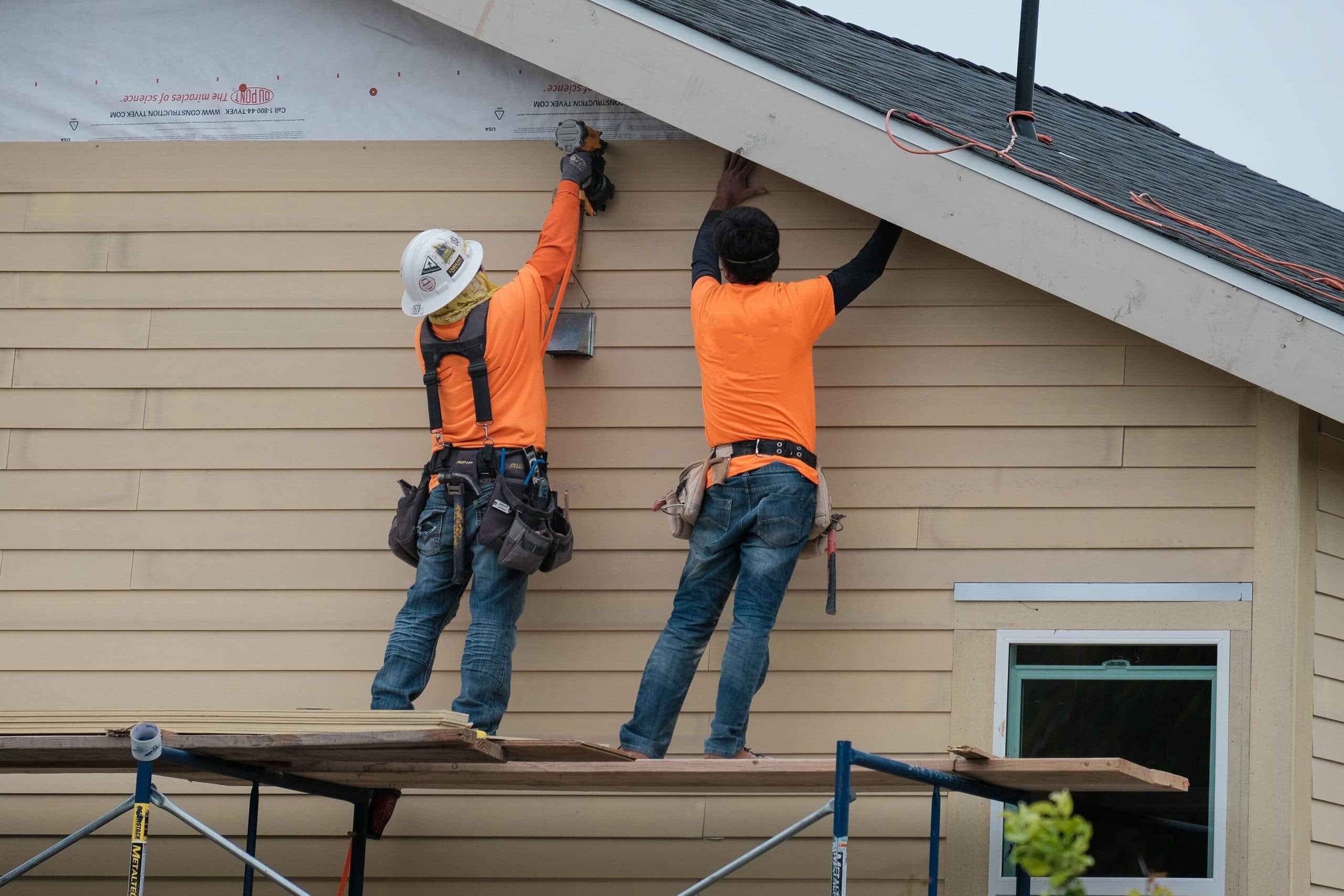

0 thoughts on “What Is Composite Siding”